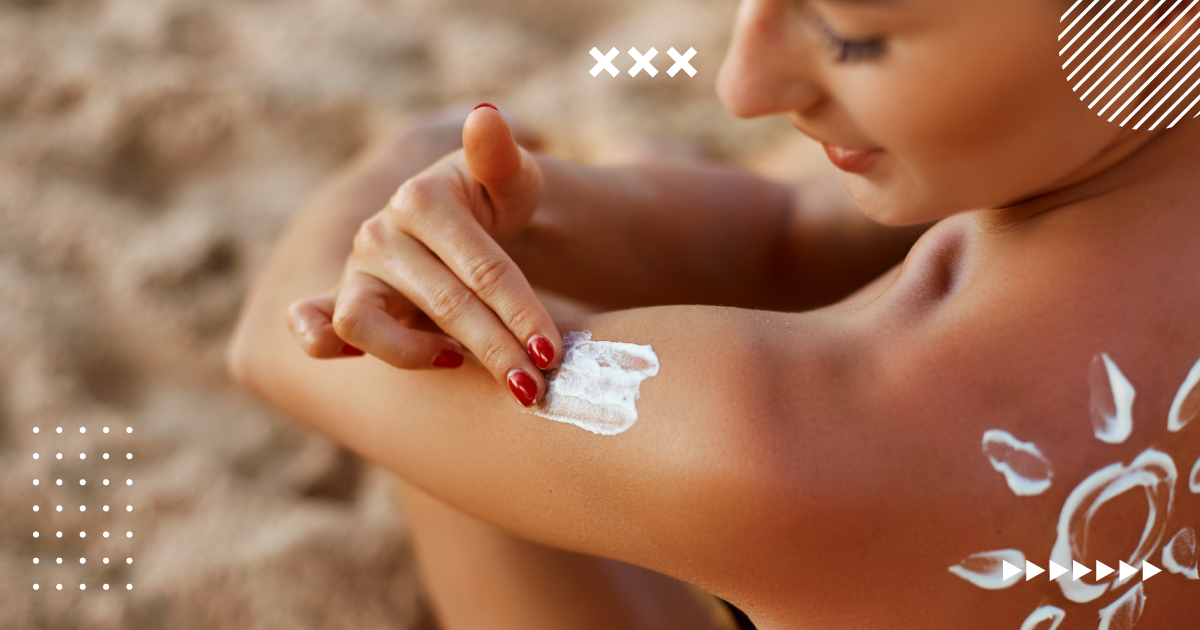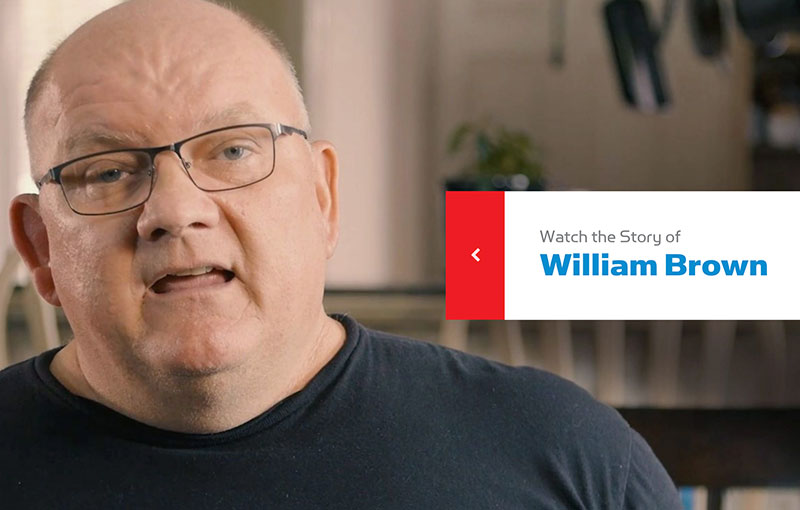Sunburn vs Sun Poisoning: Know the Difference and Stay Safe

Nothing beats a sun-filled Texas weekend at the pool or lake – warm sunshine, laughter, and quality family time. It’s easy to relax and soak it all in and still be smart about what your skin might need.
Knowing the difference between a regular sunburn and more serious sun poisoning can keep everyone smiling – and healthier. Let’s talk through what to look for, what to do, and when to head to an ER that’s open 24/7, like Physicians Premier.
What is a Sunburn
Sunburn happens when your skin gets too much UV exposure. It often shows up as redness, warmth, soreness, and sometimes peeling. Most cases are mild and heal within a few days with proper care, like staying hydrated, using cool compresses, and applying sunscreen regularly to help avoid future burns.
What is Sun Poisoning
Sun poisoning isn’t an official medical diagnosis. It describes a severe sunburn that comes with systemic symptoms like fever, chills, nausea, dizziness, swelling, or blisters.
Dermatologists describe it as a strong immune system overreaction to concentrated UV exposure, leading to flu-like symptoms and dehydration.
According to Harvard Health, sun poisoning refers to a more extreme form of sunburn that produces intense skin damage, such as rash, blisters, swelling, and fever. The CDC also confirms that serious sunburns can include systemic symptoms like headache, fever, chills, nausea, or vomiting.
How Common Are These Conditions
- About 34,000 people go to the ER each year in the U.S. because of serious sunburns.
- Summer drives demand on ERs – about 25 percent of U.S. ER visits happen from May through September.
- While most sunburns are mild, thousands of Americans end up in ERs each year with severe burns or sun poisoning symptoms – it’s part of almost 28% of all emergency visits related to injuries or poisonings.
These numbers show how common sun-related injuries are, especially during fun outdoor months.
Signs to Watch For
Sunburn
- Red, tender skin that feels hot
- Mild to moderate swelling or peeling
- Worst symptoms 24–36 hours after exposure
Sun Poisoning
- Large blisters and intense swelling
- Fever, chills, headache, nausea, dizziness
- Fast or irregular heartbeat
- Confusion, extreme fatigue, or signs of dehydration
If symptoms go deeper than skin, like fever or vomiting, it’s time to think about ER care.
When to Treat at Home
For mild sunburn, comfort measures often work well:
- Get out of the sun and into the shade
- Take cool baths or showers
- Hydrate often with water or electrolytes
- Apply aloe or moisturizer
- Use ibuprofen or acetaminophen for pain relief
But skip scrubbing, popping blisters, or toughing it out. Your skin needs gentle care.
When to Seek ER Care
Sunburn: Treat at Home Unless:
- Blisters cover a large area (over 20 % of your body)
- You have severe swelling, intense pain, chills, or fever higher than 102°F (39 °C)
- You’re dizzy, dehydrated, confused, or vomiting
Sun Poisoning: Go to the ER If You Have:
- High fever, chills, or flu-like symptoms
- Blisters, swollen face, or eyes
- Dizziness, fainting, fast heartbeat
- Confusion or signs of dehydration
Professional care can include IV fluids, stronger pain meds, infection prevention, and monitoring, helping you skip complications and recover stronger.
Why Quick Response Matters
Severe UV damage can cause issues beyond your skin. If your body starts overheating or gets dehydrated, you might end up in the hospital. ER care can prevent complications like infection, heat exhaustion, organ strain, or hospitalization. Treating these early at an ER can stop things from getting worse and help you bounce back quicker.
Prevention Tips to Stay Safe in the Sun
- Plan ahead – Use the UV index and avoid peak sun between 10 am – 4 pm.
- Choose the right sunscreen – Broad-spectrum SPF 30+, water-resistant, reapplied every 2 hours or after swimming.
- Dress smart – Wear hats, sunglasses, and tightly woven clothes for extra protection.
- Stay hydrated – Drink water or electrolyte drinks before, during, and after sun exposure.
- Cool it down – After sun time, use cool showers or compresses and moisturize with aloe or lotions.
- Spot the warning signs – Don’t ignore blisters, fever, or whole-body symptoms; those are serious red flags.
When Physicians Premier Can Help
When sun exposure goes too far, Physicians Premier is ready with 24/7 ER care across North Texas. You’ll find board-certified doctors and nurses, pain control, IV fluids, imaging, and monitoring – anytime, no appointment needed.
Our conveniently located facilities mean fast, reliable care. Look up the nearest ER, save it in your GPS, and head over with confidence if symptoms escalate.
Enjoy the Sunshine with Peace of Mind
Spending time outside is one of the best parts of summer, but too much sun can lead to more than just a painful burn. While most sunburns are mild and heal at home, more serious cases can cause swelling, blisters, fever, or chills – signs that you might be dealing with sun poisoning.
Recognizing when a burn needs medical care can help you avoid complications and heal more comfortably. At Physicians Premier, our team is here 24/7 to treat more severe cases and give you fast, expert care when it matters most.
So go ahead – enjoy your time in the sun. Just remember to stay hydrated, reapply sunscreen, and watch for any signs that something more serious might be going on. With the right precautions and a trusted ER nearby, you can enjoy every sunny day with peace of mind.
Sources
“Sun poisoning symptoms: Signs you’ve had too much sun,” Harvard Health, https://www.health.harvard.edu/digital_first_content/sun-poisoning-symptoms-signs-youve-had-too-much-sun
“Sun Exposure in Travelers,” Centers for Disease Control and Prevention,
https://www.cdc.gov/yellow-book/hcp/environmental-hazards-risks/sun-exposure-in-travelers.html
“Here’s What ‘Sun Poisoning’ Actually Means, According to Dermatologists,” Self, https://www.self.com/story/sun-poisoning
“Health and Economic Benefits of Skin Cancer Interventions,” Centers for Disease Control and Prevention,
https://www.cdc.gov/nccdphp/priorities/skin-cancer.html
“Emergency Department Visits,” Centers of Disease Control and Prevention,
https://www.cdc.gov/nchs/fastats/emergency-department.htm
“NIOSH Fast Facts: Protecting Yourself from Sun Exposure,” Centers of Disease Control and Prevention,
https://www.cdc.gov/niosh/docs/2010-116/default.html
“Are Sunburns and Sun Poisoning the Same?” Cleveland Clinic,
https://health.clevelandclinic.org/sun-poisoning-vs-sunburn
“Sunburn,” Cleveland Clinic,
https://my.clevelandclinic.org/health/diseases/21858-sunburn
“Ultraviolet Radiation,” Centers for Disease Control and Prevention, https://www.cdc.gov/radiation-health/features/uv-radiation.html
“Is It Sunburn or Sun Poisoning?” Brown Health, https://www.brownhealth.org/be-well/it-sunburn-or-sun-poisoning


